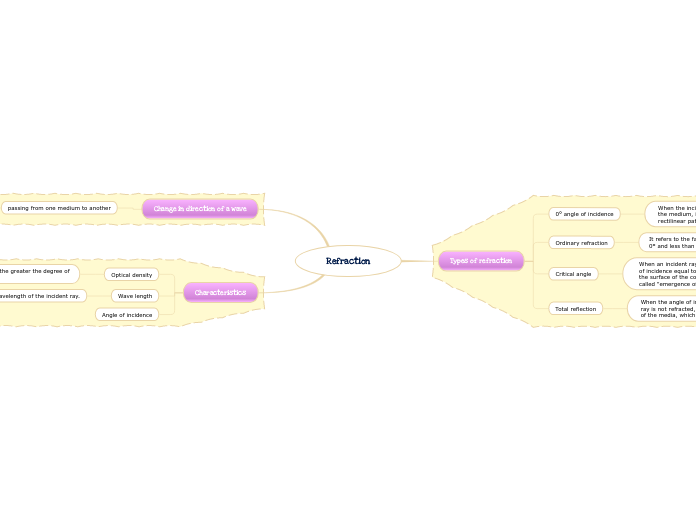von Micaela Pagés Vor 3 Jahren
332
Refraction

von Micaela Pagés Vor 3 Jahren
332

Mehr dazu
This is a theoretical assumption that does not occur in reality.